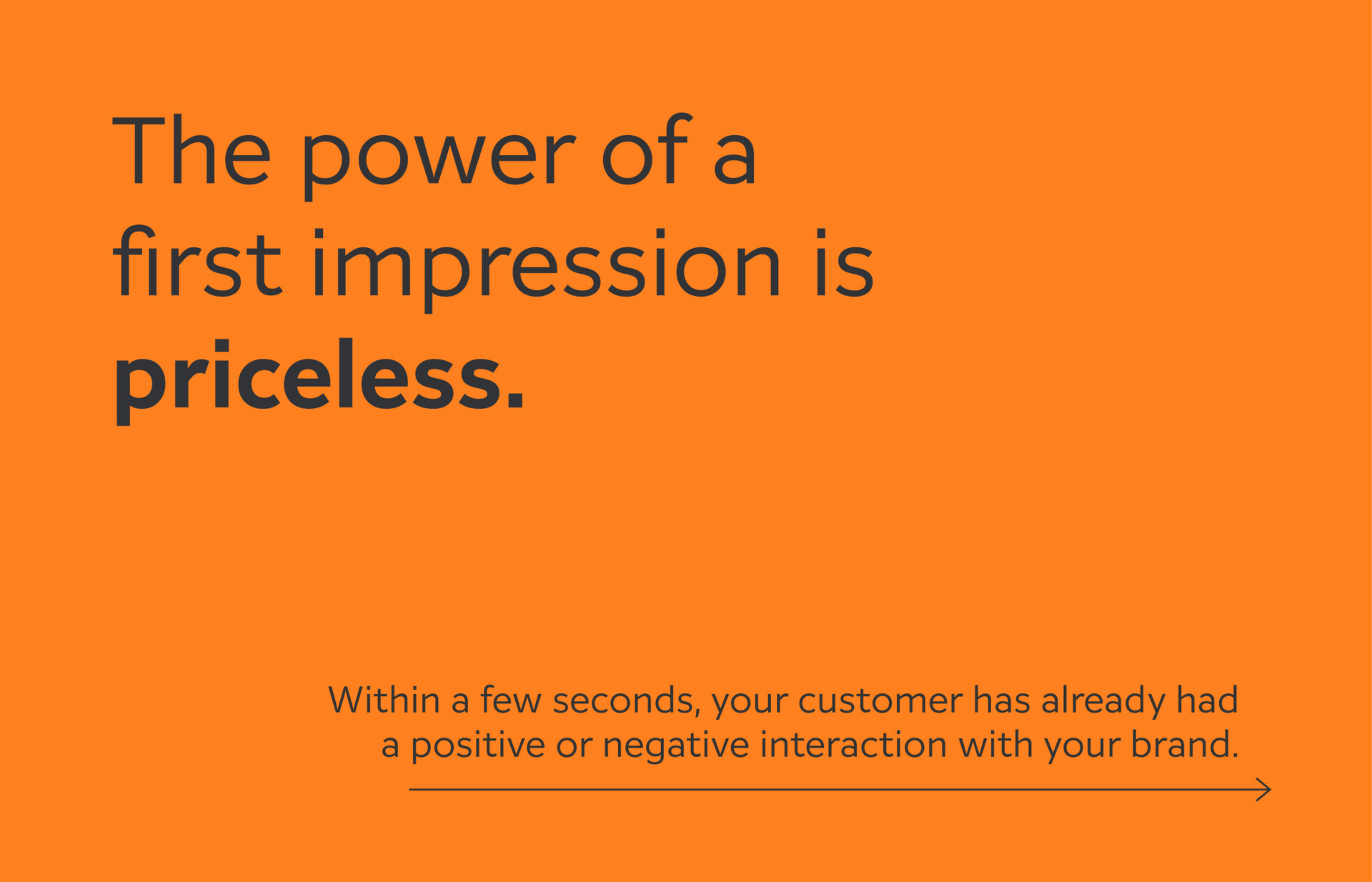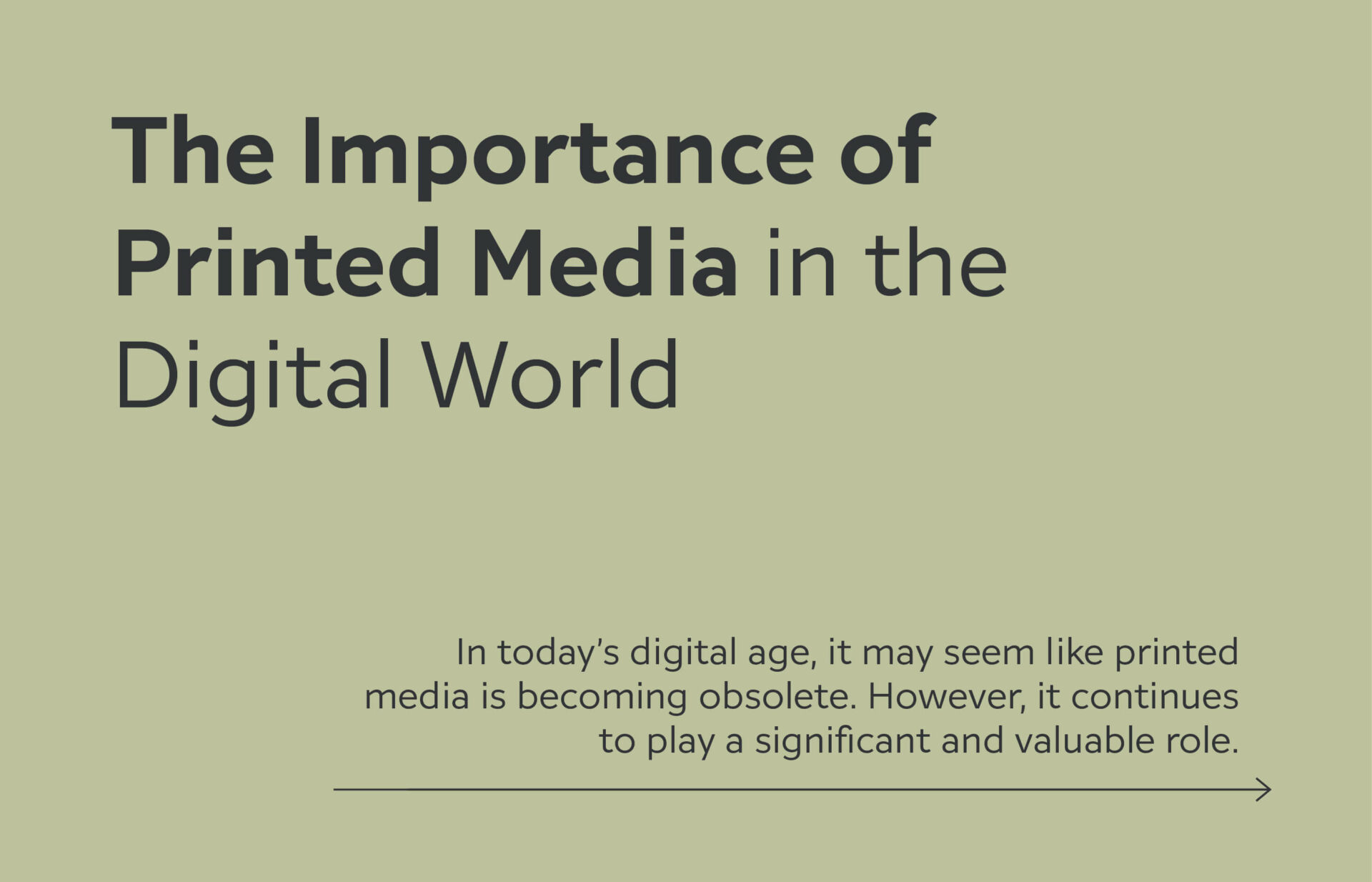How to improve your marketing performance
The power of a first impression is priceless. Within a few seconds, your customer has already had a positive or negative interaction with your brand through your marketing materials; a website, display banner, brochure, packaging, or point-of-purchase display to name a few. How do you improve your marketing performance to engage customers and position your brand as the one they should choose?
Who is your target audience?
While it is impossible to target everybody in the market, it is crucial to clearly identify who is your target audience(s). The more insight you have about them, the better opportunity you have to relate your brand to solve their problem. Let’s imagine your target audience as a real person. Who are they? There are two sets of questions you can ask to define a clear picture.
- Demographics questions: age, gender, marital status, religion, race, education level, occupation, income and
- Psychographics: usage behaviours, tendencies, interests, hobbies, lifestyles.
By determining this information, your company has a clear idea of whom your business should focus its resources on and how to convince them to purchase your goods or services.
How good are your marketing materials?
Your marketing materials are just like a car. They may appear to be running ok and doing what they are supposed to do, but upon careful inspection, you may uncover things that could be hampering your ability to generate more leads and sales. In the case of our car analogy, perhaps an oil change, putting more air in the tires, changing a spark-plug or starter will help it run better. The key to evaluation is doing an assessment of which factors could be impacting your performance and making adjustments accordingly. Here are some common factors to start with.
Make sure to deliver a consistent message across all touch points:
Your customer needs to be clear on what you’re offering, how you’re different and what your product or service is promising to deliver. For example, if your unique selling point is durability, then durability should be the core message that shows up on all marketing materials: print ads, digital display banners, billboards, flyers. We can support the “durability” message with the help of secondary feature points – ie. protective coating, solid workmanship, material finishing, but “durability” – your unique selling point is always in the spotlight.
Part of building a solid brand identity is being consistent in the message you are communicating. A tune-up approach would be to modify your messaging so it’s the same throughout your advertising. That way, every time your customer is exposed to it, it tells them the same thing and reinforces the same idea so they remember it.
There is a unified and unique brand look and feel:
If you placed all of your marketing materials on a table, would it look like it all came from the same company? Is there a consistent appearance through font use or colour treatment? Or has your design palette changed on some pieces and not carried through on others? There has to be enough flexibility in your design to create a distinction between product lines and services, while still maintaining some commonality that visually unifies your family of materials to support your brand.
Now, go one step further and let your competitors’ marketing join the table. Be an impartial examiner, do your assets stand out from the crowd, create a positive impression and convey the unique benefits? If yes, congratulations! Your brand is working well to provide a unique face for your company. If not, this is a good signal to transform. A tune-up approach that partners with an experienced creative agency to objectively review everything and make recommendations will make the repair process easy.
How to deliver the right message to the right people?
Now that you are clear on your target audiences, have a consistent message and a cohesive look and feel, the next question would be: “How do I deliver the right message to the right people?” An effective media mix can be the answer.
The media mix is the combination of all the communication channels your business can use to achieve its marketing objectives. A few popular mediums include websites, emails, direct mail, digital ads, social media, newspapers, radio, television, and billboards. Each media channel has its own strengths and mixing these channels together in a media plan can help convey the brand message to your prospects productively. At different stages in the buyer’s journey, we can apply a different media mix in order to achieve the most effective results. Let’s take a look at the buying cycle of a mom-to-be who is preparing to deliver her first baby and see how a media plan can influence her decision-making process.
Awareness Stage:
In the awareness stage, the buyer lists down diapers as one item in her long preparation list. She actively looks for information, she may read newspapers covering her interests and do some online searches. Therefore, the focus in the media mix should be on building awareness through mass advertising: digital display banners, SEM & SEO to make sure your brand shows up as possible brands to look at.
Consideration Stage:
Next, in the consideration stage, she is clearer on her criteria of a “perfect” newborn diaper: softness, absorbency, and comfortable fit. She visits some stores, reads product reviews, and joins online mom and baby groups. So, it is important that your brand has information on the point of sales she is likely to visit, appears with testimonials on different social media, and has informative and appealing product pages on your website.
Decision Stage:
And, in the last stage – the decision stage – when she chooses a brand, the mix at this stage might be more personalized, which includes an email offering detailed product information, a special promotion and maybe a baby welcome kit. The benefit of an integrated marketing campaign is having the same creative themes and marketing messages across all elements of your media mix.
A little extra professional help
For the most part, performing your own marketing maintenance and repair is easy. You know your business best and what needs to be done. However, if a tune-up becomes particularly complex, you might benefit from seeking a little extra professional help from a marketing agency, even if it’s just to gain a fresh perspective or second opinion. A good partner will be able to help confirm your suspicions on which issues are affecting your performance, uncover any new ones, and guide you on how to fix them.


April 16, 2025
The Importance of Printed Media in the Digital World
February 11, 2025
Managing your online product catalogue through your website
October 3, 2024





